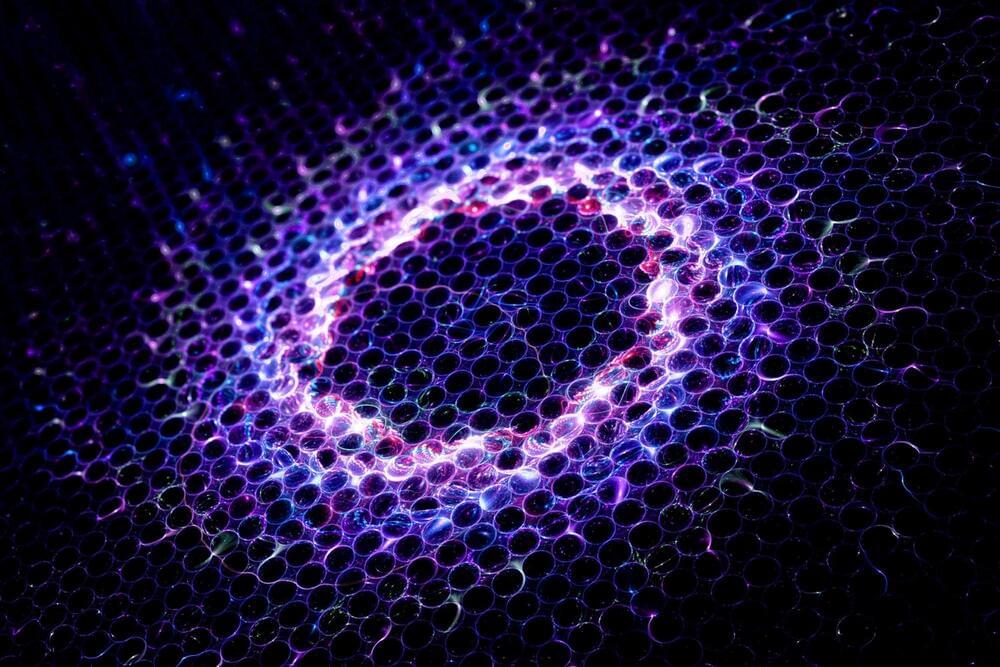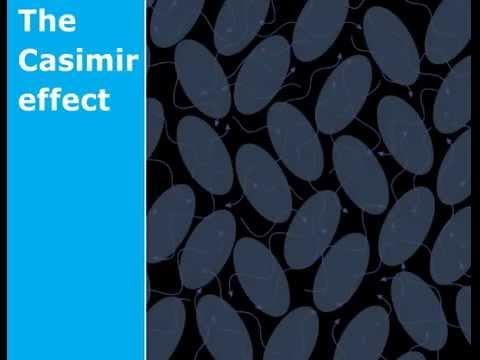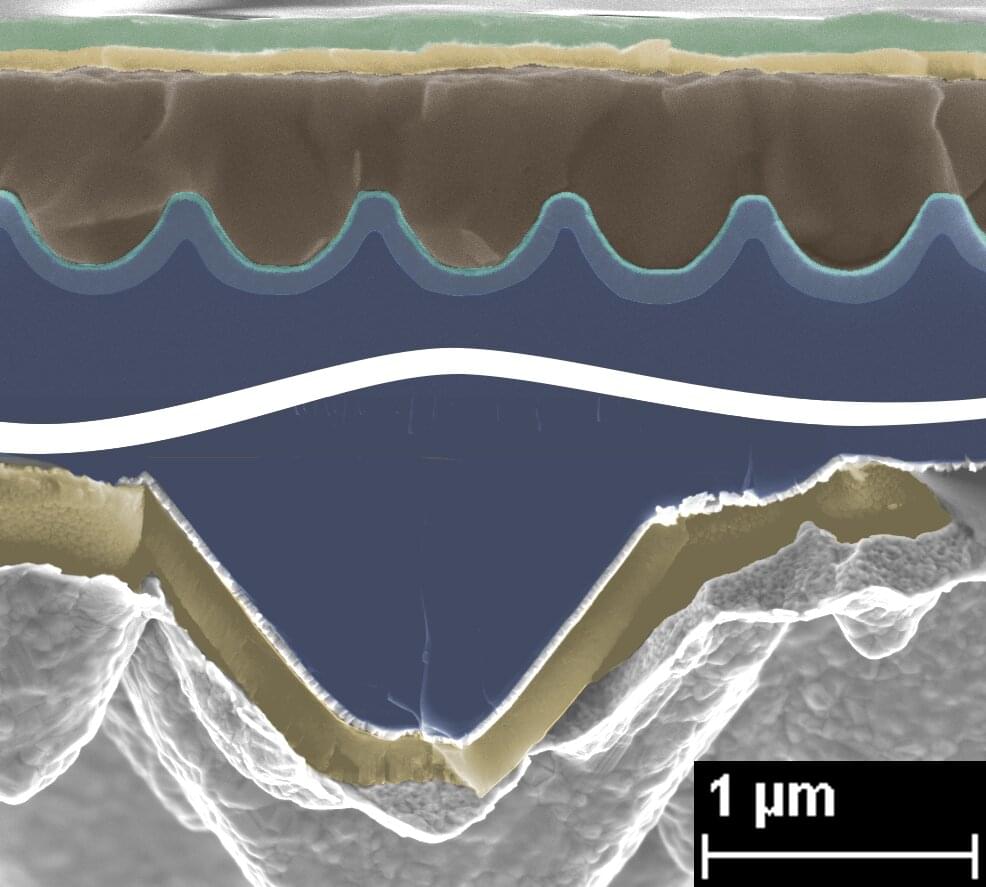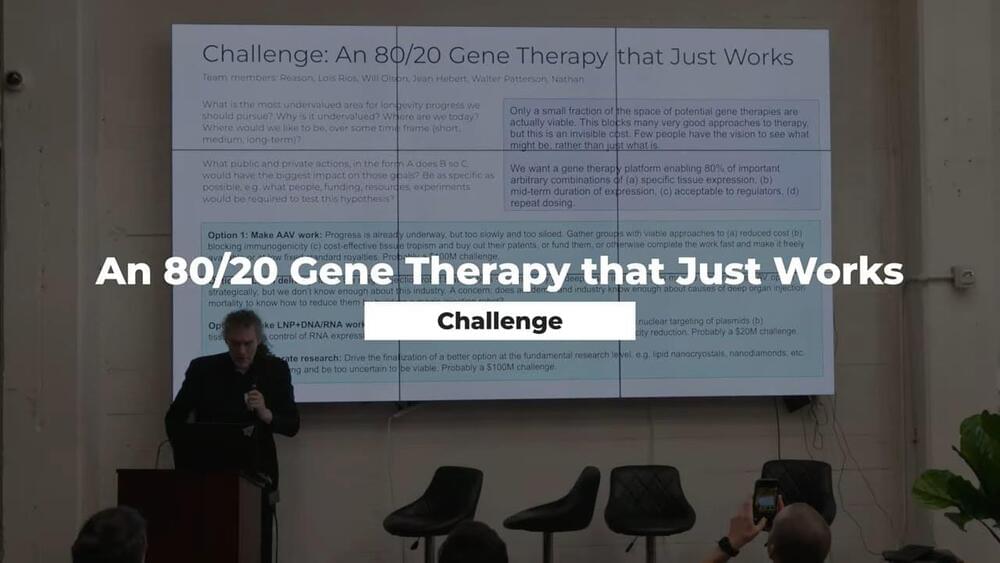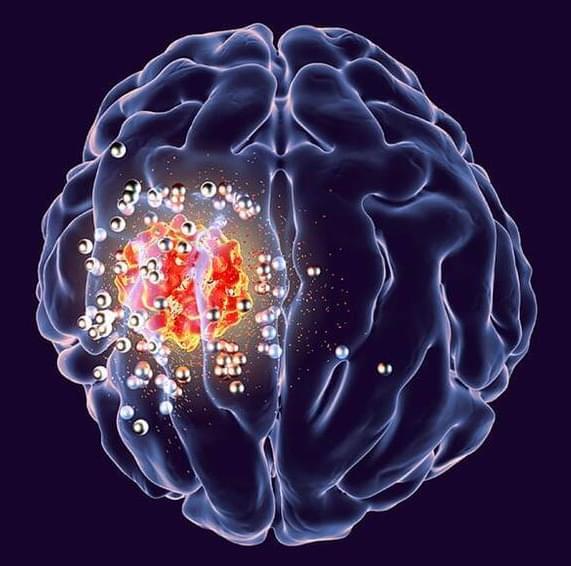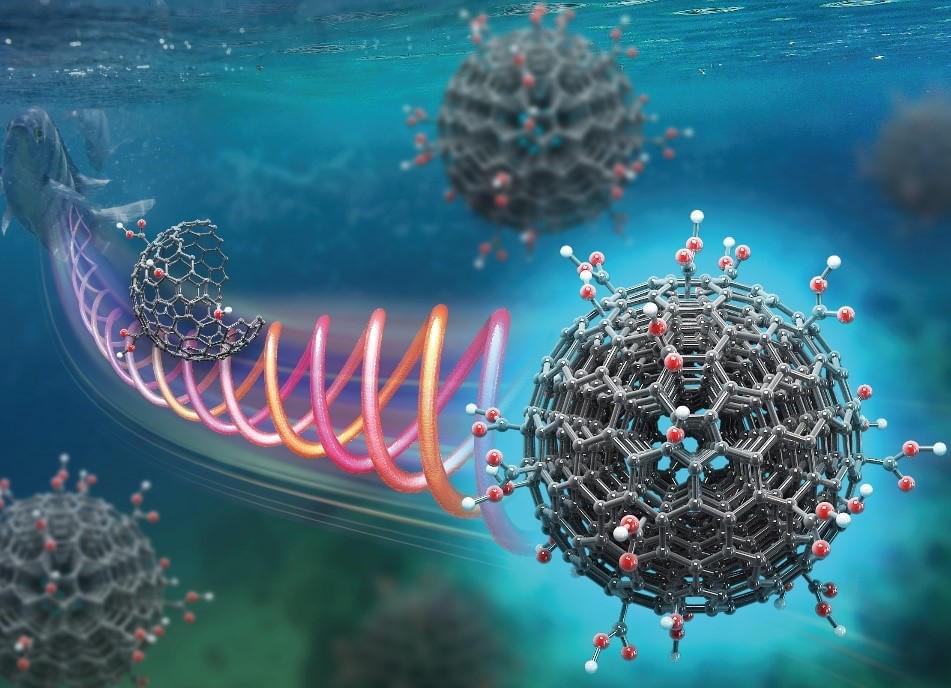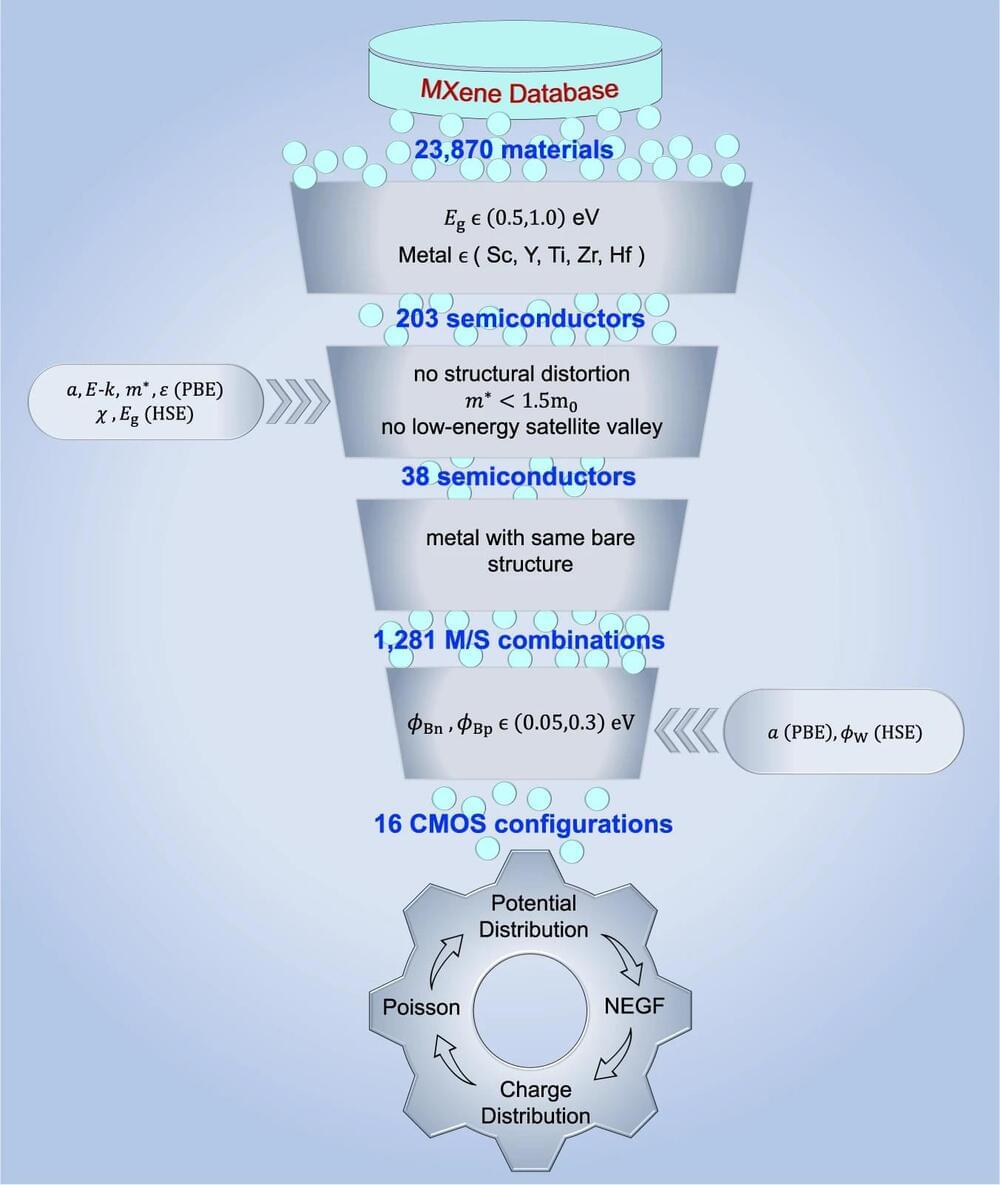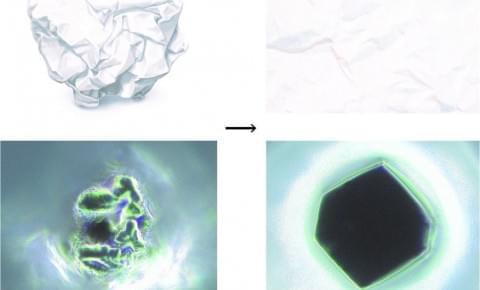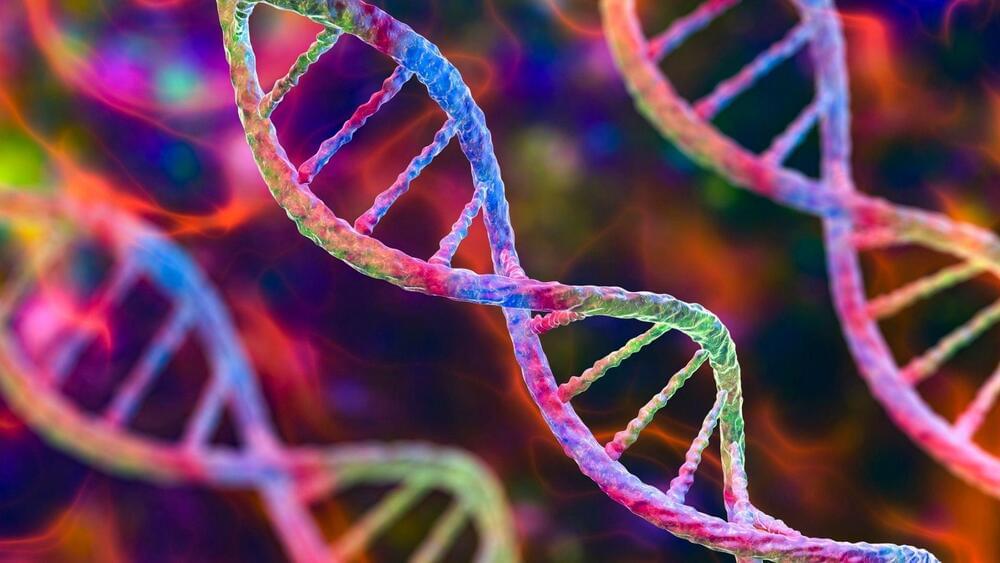Oct 26, 2022
Unique Property Found in Complex Nanostructures for the First Time
Posted by Saúl Morales Rodriguéz in categories: engineering, nanotechnology
Researchers from North Carolina State University and The University of Texas at Austin have discovered a unique property in complex nanostructures that had previously only been seen in simple nanostructures. They have also uncovered the internal mechanics of the materials that allow for this property to exist.
The findings were reported in a recent paper that was published in the journal Proceedings of the National Academy of Sciences. The scientists found these properties in oxide-based “nanolattices,” which are tiny, hollow materials with a structure resembling that of sea sponges.
“This has been seen before in simple nanostructures, like a nanowire, which is about 1,000 times thinner than a hair,” said Yong Zhu, a professor in the Department of Mechanical and Aerospace Engineering at NC State, and one of the lead authors on the paper. “But this is the first time we’ve seen it in a 3D nanostructure.”
